Review for Nana: Complete Collection
Introduction
This is the last of the DVDs I got in the haul from Madman Entertainment’s clearance sale last year (I haven’t even started on the Blu-rays yet!), and just like Honey and Clover, it’s another one of those titles that just don’t have a chance in the UK, at least not in anime form. The Nana manga has been a mainstay of my local library’s bookshelves for years now, and the story certainly has a lot of fans here. But after all these years, conventional thinking still is that anime aimed at a female demographic just won’t sell in the UK. After all, who wants to watch a show about relationships, and feelings, and character drama, without giant robots, fan service, and big explosions? I can tell you straight off that I do, even if I’m not part of the target demographic.
Nana Komatsu is a girl who’s in love with the idea of love. All through her adolescence, she suffered a series of crushes on handsome older men, but the reality of her first love shattered the dream when she fell for a married man. The second time, she decided to do things right, and she became friends with Shoji Endo first before falling for him. The trouble was that Shoji went to Tokyo to try and get into university, and he told Nana that she should only come once he had passed the entrance exams. She’s spent a year saving up, Shoji’s passed his exams and now she’s heading to Tokyo to be with the guy she loves.
Nana Osaki was lead singer with the rock band Black Stones, a.k.a. Blast, big in her home town with her friends Yasu and Nobu, and with her lover, and part time guitarist Ren. But then Ren’s main band Trapnest called with the news they were reforming, and he left for Tokyo to hit the big time. That was two years ago. Now Nana is ready to make it big on her own terms, and she’s heading to Tokyo to find a band to sing with.
Two girls named Nana wind up sharing an apartment in Tokyo, and they couldn’t be more different. They’re also destined to be best friends, if their respective dreams don’t get in the way.
47 episodes of Nana are presented across 8 discs in a 6,6,6,6,6,6,7,7 format. Those of you with a degree in advanced mathematics will eventually work out that this adds up to 50 episodes. That’s because episodes 11.5, 21.5, and 36.5 are recap episodes, which feature minor characters getting together in a bar to discuss the latest happenings in the lives of the two Nanas.
Picture
Nana gets a 1.78:1 anamorphic transfer, and this title comes from the period when Madman were still creating NTSC-PAL standards conversions for their anime releases, rather than native PAL. In this case with Nana being such a music focused title, this is actually a good thing, as we get the video at the original frame rate and the audio without any PAL speedup or pitch correction. The image is clear throughout, if a little softer than you might be used to in this HD age. There are also rare moments of compression (snowy blizzard scenes in an early episode), although this isn’t an animation that will overly tax the limits of the DVD format. With Nana being a title aimed at the female demographic, expect softer character designs, an abundance of beautiful males and a refreshing lack of fan service, although the story does warrant nudity at times. The softer colour palette and muted tones suit the emotional side to the story quite well, although the animation can get wacky for the comedy too. It’s a decently animated show, which from Studio Madhouse remains of consistent quality throughout.
Sound
As mentioned, this is one time that I don’t begrudge an NTSC-PAL standards conversion. With Nana being all about the music, with one of its main characters a punk rock singer and much of the story set in the world of bands and music, you don’t want that music to be marred by speed-up or pitch correction. So the DD 2.0 English and Japanese audio tracks are here as they are meant to be, clear throughout, with no glitches or dropouts, and with the stereo giving the show some volume, emphasising the music. I checked the English dub long enough to confirm that it exists, but Japanese is definitely the audio of choice here, with some great voice actor performances, really bringing the emotion of the piece across. Most Japanese voice actors have singing talent as well, enough to release a few CDs of their own here and there, and you might expect Romi Park (Nana Osaki), and Aya Hirano (Reira) to do the singing as well as the speaking for their characters (Aya Hirano can rock as she has shown with Haruhi Suzumiya), but here they get some established music talent, Anna Tsuchiya and Olivia as Nana and Reira’s singing voices, (and for the show’s theme songs) , blending in well with the character’s speaking voices, and it lifts the show up to a whole other level. The subtitles are timed accurately and are free of typos, but one or two of the songs lack lyric translations.
Extras
Nana is presented across 8 DVDs in an Amaray fatpack, with six discs held on three hinged panels within. The sleeve isn’t reversible, meaning you have to live with the Australian ratings logos, but there is some nice artwork on the inner sleeve.
The discs present their content with static menus and jacket pictures, and the extras are distributed thus...
Disc 2
Here you will find an 8:01 interview with director Morio Asaka, in which he explains the role of an anime director (obviously it’s not just sitting in a chair with a megaphone, yelling “Cut” every few minutes)
You get the textless credits, and you get a line art gallery with 10 images. Finally there are Madman Entertainment trailers for the Air TV Collection, Evangelion 1.11, Fruits Basket, Initial D Third Stage, and Slayers Revolution.
Disc 4
Here you’ll find a Music Scene Selection, a Trapnest clip from episode 18 that lasts 1:39. You’ll also find the textless credits (although only the first textless ending again), a line art gallery with 11 images, and trailers for The Melancholy of Haruhi Suzumiya, Slayers Revolution, Scrapped Princess, Fruits Basket, and Air TV.
Disc 6
This time it’s the second textless opening, and third textless closing, the latter of which is also shown in storyboard form, and comparison form. You get a line art gallery with 10 images, and trailers for The Melancholy of Haruhi Suzumiya, Slayers Revolution, Fruits Basket, Beck: Mongolian Chop Squad, and Paradise Kiss.
Disc 8
You won’t be surprised to find the third textless opening, the fourth textless closing, a line art gallery with 11 images, an animated music video for “Lucy”, and trailers for The Melancholy of Haruhi Suzumiya, Slayers Revolution, Paradise Kiss, Fruits Basket, and Eden of the East: TV Series.
Conclusion
We just don’t get shows like Nana in the UK, more’s the pity. Sure there is a whole lot of anime released in the UK these days, action shows, fantasy, comedies, sci-fi, loads of fantastic premises that push the limits of imagination. But how many contemporary character dramas can you name in the UK? Recently I had the distinct pleasure of watching Honey and Clover, and I had to import that as well. Nana might just be the best of the genre, an excellent romantic drama comedy that really gets into its characters, their motivations, in a way that makes them feel like real people, and it succeeds to a degree that few live action dramas even manage. It may not be a genre that sells in the UK, but like similarly underserved anime genres, we usually get at least one crack at a release by an adventuresome distributor. If anyone feels like giving an anime character drama a go, Nana is the one to license rescue.
The downside is that it’s incomplete. The anime adapts the first twelve volumes of the manga, and apparently the intention was there to continue with a second series, but alas the manga itself has been on indefinite hiatus while the author, Ai Yazawa recuperates from an illness. It’s been quite a few years now, so this may be one of those shows that never concludes. However the story that we do get here is utterly compelling, while the final episode uses a flash-forward device, which while it may not give the show an ending, it does give the impression that these characters’ lives will continue through the years, with their trials and travails, and a sense of continuity is in some ways even better than a definitive conclusion.
Nana is the story of two girls with the same name, but utterly different personalities, who unlikely as it seems, wind up best friends. Nana Komatsu is a flighty girl who wants most to be loved, and her pursuit of love at first sight tends to make her lose her judgement. She’s the kind of girl who will dwell on her past loves, or think about possible future relationships to the detriment of the relationship that she is in. When we meet her, she’s on her way to Tokyo to be with her boyfriend Shoji. He’s the exception to the rule, the boy she took the time to get to know and be friends with, before dating him, following a disastrous relationship with an older, married man when she was in high school.
On the train to Tokyo, she meets Nana Osaki, a rock vocalist who’s heading to Tokyo to become a star, and they hit it off to the point that when it comes to accommodation in Tokyo, they wind up sharing a flat, quickly becoming close friends. Nana Komatsu’s need for love and attention, and eager to please personality inspires Nana Osaki to give her the nickname Hachi, short for Hachiko (a dog’s name), and that sticks, reducing subsequent confusion. Nana Osaki was in a band called Black Stones before, Blast for short, before their bassist Ren Honjo (also her lover), left to join his earlier band Trapnest, and by the time Nana heads to Tokyo, Trapnest are a big success. Nana’s aim is to be as big as Trapnest, but there is a small part of her looking to reconnect with Ren.
When Nana starts looking for a new band, it turns out to be far easier to simply reform Blast, with a new bassist to take Ren’s place, and of course Hachi is involved, supporting her friend Nana, and helping with the band, attending the rehearsals, being an attentive audience. It isn’t long before she’s a fan of Blast, but she is also a fan of Trapnest (with a keen crush on their bassist Takumi) which causes a few difficulties, especially when the inevitable happens and Nana reunites with Ren, and Hachi gets to meet her idols. By this time her relationship with Shoji has fallen apart, and she winds up torn between her crush Takumi, and Blast’s lead guitarist Nobu.
You might be forgiven at first for thinking the show doesn’t live up to its description, a tale of two Nanas. The show starts with each episode narrated by Hachi, the story is told from her point of view, her emotional state of mind, and a focus on her relationship problems. Nana is the solid rock that she relies on, the cool, mature, rock singer who’s worldly wise and totally with it, unflappable. She’s the one who amusedly re-names Hachi after an eager puppy, and she always seems amused at her antics, although she’s the first to defend her and comfort her when she needs help. She is the one constant in Hachi’s disaster zone of a life, and you do get the impression that were it not for gender or sexuality, the two would be more perfectly suited to each other than to anyone else.
Nana’s masterstroke comes around episode 30, when the narration switches from Hachi to Nana; it becomes Nana’s inner voice, and the story shifts focus more towards her life and her relationships. We learn that she’s not the mature beacon of perfection that Hachi sees her as, that she’s just as messed up and needy in her own way. Seeing the story from this different perspective, seeing how Nana really does see Hachi makes all the difference to the story, elevating it from a mere entertaining character drama into something really special and memorable.
It’s a really grand and operatic story as well; the show takes the time into following all the other relationships that develop and fall apart with the supporting characters, and it deftly observes that the human heart is rarely concerned with morality and fidelity, and much as we would aspire to ideal relationships, human interactions are never that kind, and someone always gets hurt. I have to admit that there is just a tinge of soap to Nana, there’s only so much you can handle of a main character consistently making what seems like the wrong decisions, and both Hachi and Nana test those limits constantly (or maybe there is something to the old saw that good girls always go for bad boys).
Nana is animated well by stalwarts Studio Madhouse, it’s got a brilliant story, and it has really well written, and well rounded characters. It’s the kind of show that you can just breeze through from episode to episode, and it’s over before you know it. The best bonus is that it has some really great music to it as well, the sort that will get you looking up the soundtrack CDs online. Alas it’s been so long since this show was released that they’re not quite as easy to find at reasonable prices any more. And given that I got this in a clearance sale, the DVDs are pretty scarce too. This really is a show that needs a licence rescue, or at least an online stream.
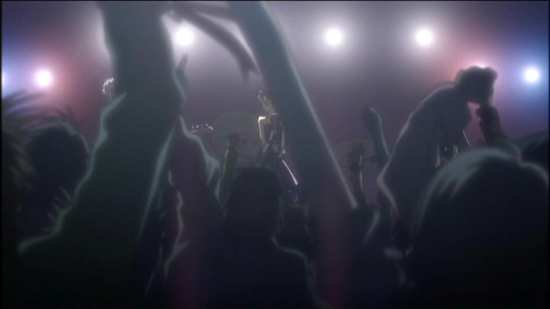
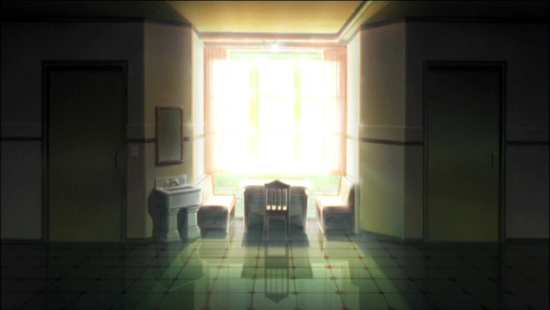
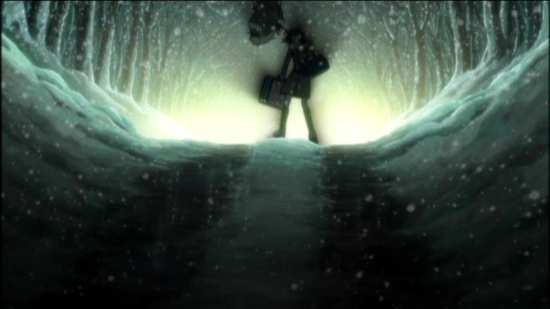
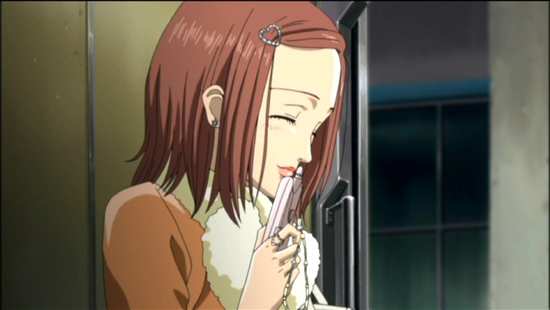
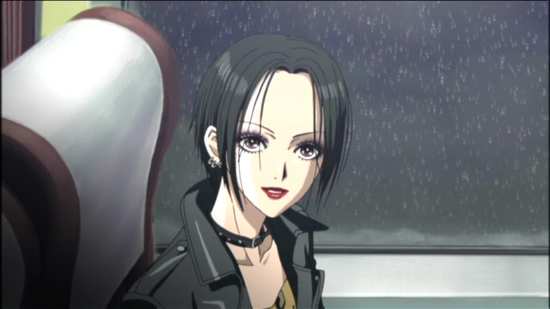
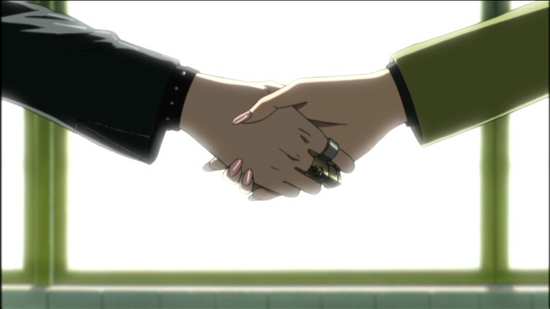
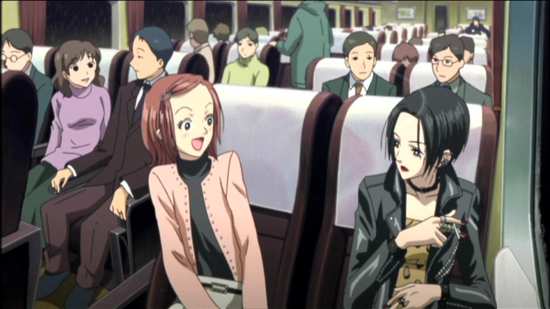
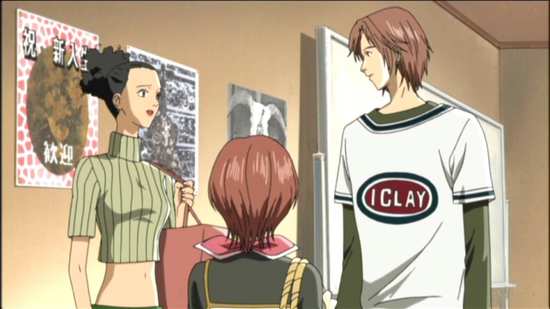
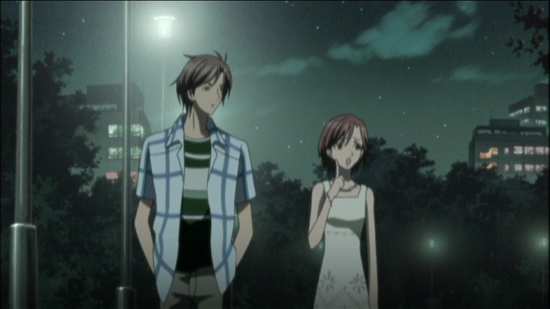
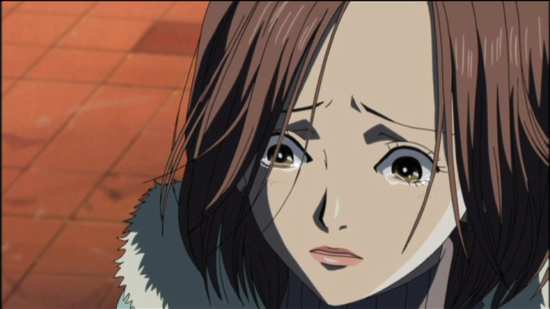
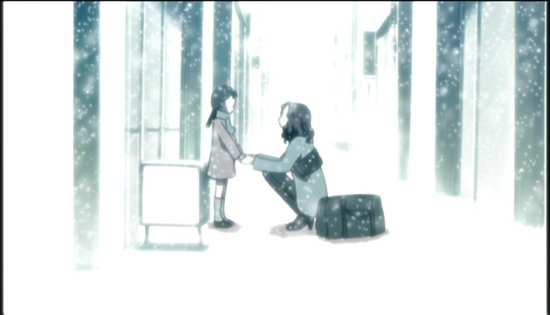
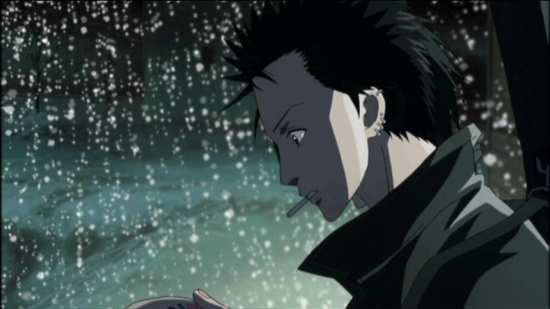
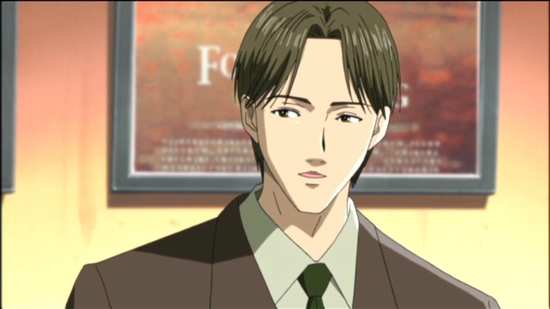
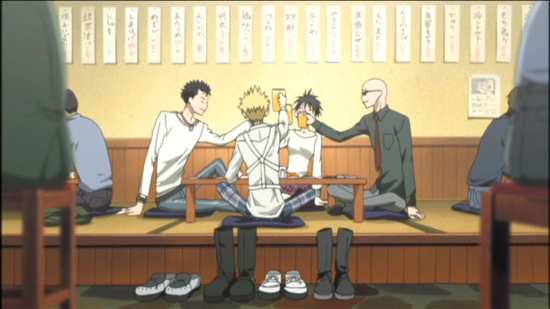
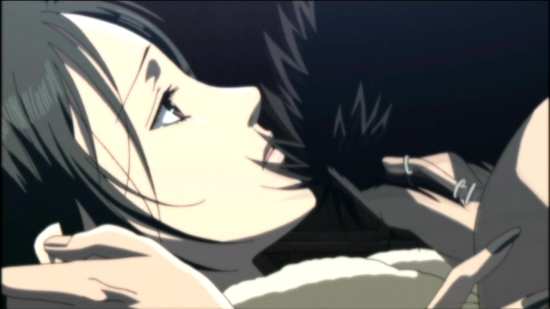
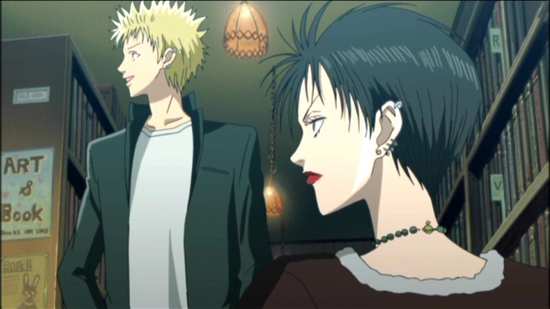

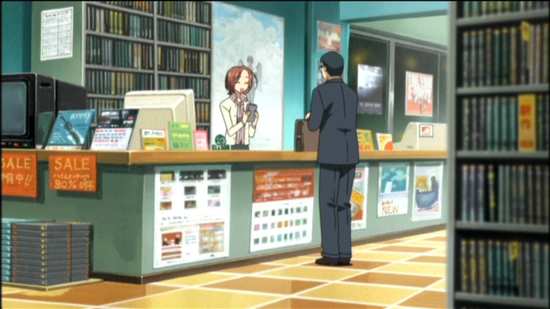
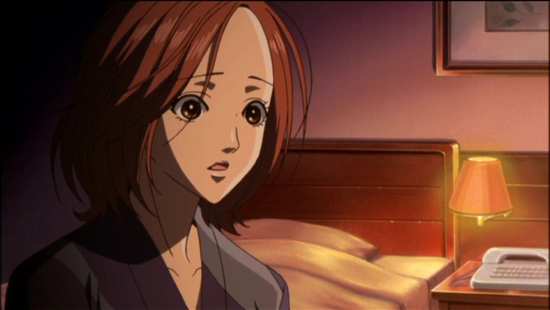
Your Opinions and Comments
Be the first to post a comment!